Global whale shark microbiomes
Read the press releases from phys.org and forbes.com.
Whale sharks are the largest fish in the ocean, occupying tropical and subtropical regions globally. In a recent study, the microbiome of these animals was compared across individuals from aggregation sites from the three major oceans, including the Atlantic, Pacific, and Indian Oceans. The aims were to compare microbiome patterns at a global scale to identify if the microbiome is the result of environmental factors or driven by the host animals.

Our results suggest both factors are important for influencing the microbiome but from different perspectives. We found that the location from which the whale sharks were sampled was important to predicting the microbiome diversity patterns. We also showed that the complex network formed by microbial interactions within the microbiome is conserved across individuals from all locations. This conserved pattern is a major finding because it suggests that an important characteristic of the whale shark microbiome is the network architectures, and these results can be tested across other host-microbiome systems. This study also reveals 34 novel microbial genomes, which were divided, based on the presence of predicted functions of their genes, into two groups indicating at least two distinct microbiome niches in the skin microbiome of the whale sharks.
South Australian Elasmobranch Microbiomes
South Australia is home to many different sharks, rays, and skates (aka Elasmobranchs). FAME has set out to understand more about the microbiomes of these largely data-deficient organisms. Through partnership with SARDI (South Australian Research and Development Institute) FAME students Emma Kerr and Ryan Hesse collected the microbiome of 10 different Elasmobranchs. Ryan is quantifying the abundance of bacteria and viruses that live on the skin of sharks. Emma is using proteomics and metagenomics to understand how host proteins affect the abundance of different microbes. She is also growing microbial isolates for identification. Yearly sampling efforts will provide insight into shark health and provide a foundation for non-invasive monitoring of shark health.
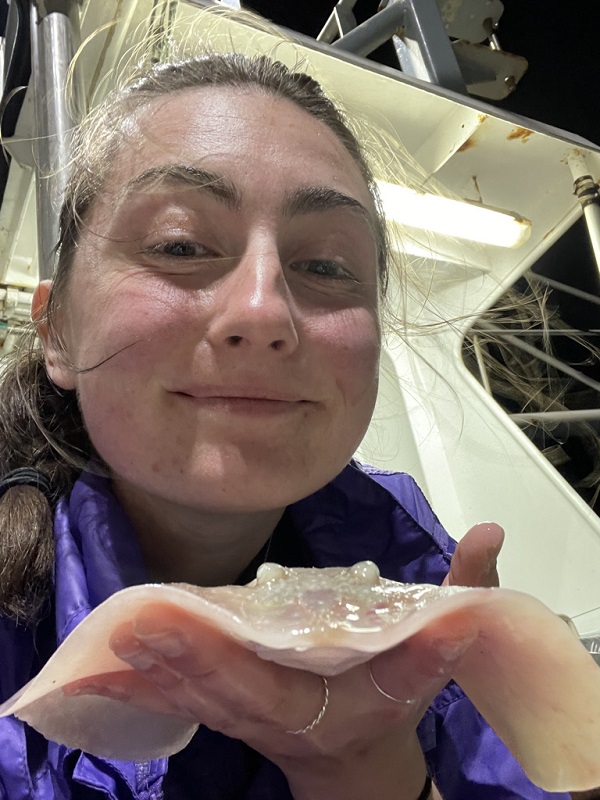

Impacts of Mining on Waterway Microbiomes
Acid and metalliferous drainage (AMD) is a major environmental problem associated with mining activities that causes significant damage to ecosystems and human health. Microorganisms take centre stage in the complex process of AMD generation and proliferation. Chemolithoautotrophic bacteria thrive in environments characterized by low pH levels and high metal concentrations, often found in waste streams near mining sites. These remarkable microorganisms possess the ability to accelerate the oxidation of sulphide minerals at an astonishing rate by increasing the production of ferric iron (Fe3+) by many orders of magnitude. This acceleration contributes significantly to the production of AMD.

Interestingly, in addition to their role in AMD generation, microbes native to acidic mine water environments can also be harnessed for a beneficial purpose. They can be employed in the process of recovering valuable metals from waste rock and promote favourable reactions that remove toxic metals from surface waters. Harnessing microbes and their communities in this way is not only cost-effective but also environmentally friendly, aligning well with the interests of mining stakeholders. This dual role underscores the importance of understanding and managing microbial activity in AMD-related studies.
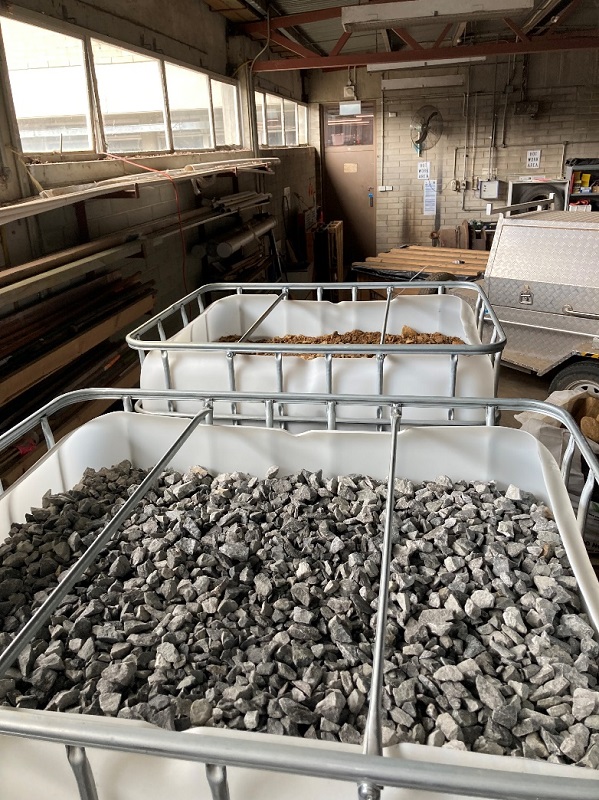
In partnership with the Cooperative Research Centre for Transformation in Mining Economies (CRC TiME) FAME research is seeking to fill the gap between process-based geochemical studies (including physicochemical factors such as particle size, mineral stability, redox environments, and pH) and microbial ecology using cutting edge next generation sequencing of microbial DNA and RNA combined with novel bioinformatic tool.
Australian Shark Viromes
Viruses and bacteriophages are a crucial but mysterious component of microbiomes. They are key regulators of bacterial populations and facilitate the exchange of genetic material, but despite their importance the vast majority of viruses in the ocean are undescribed.
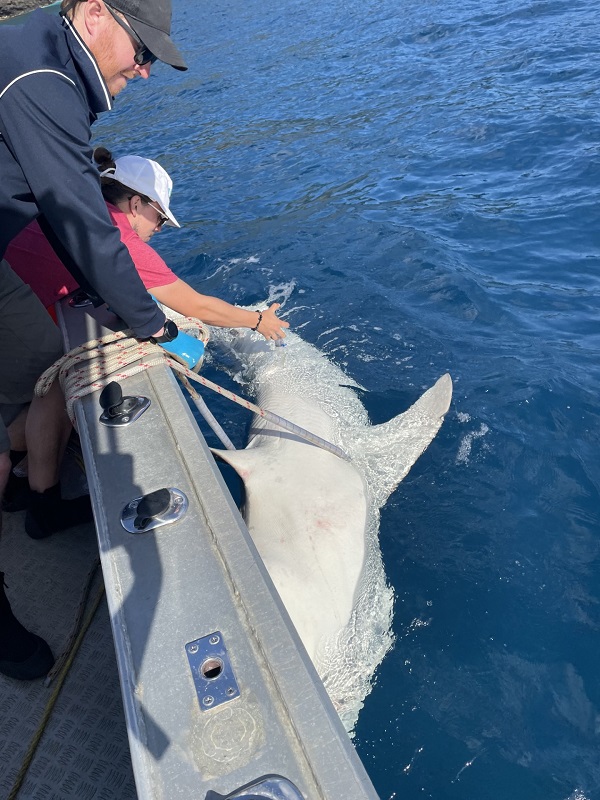
We’ve discovered thousands of different viruses living on shark skin—many groups unique and many shared among individuals and between different shark species. In the process of collecting shark microbiomes, we came across a handful of sharks with injured skin. Sharks heal quickly from skin injuries, but the mechanisms that allow them to fight infections while they heal is not fully understood.
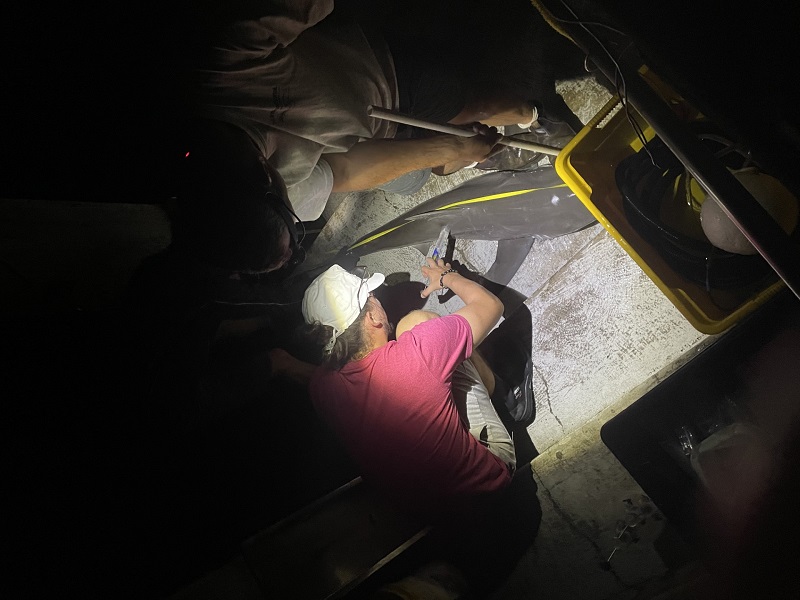
Our research so far indicates abnormally high amounts of viruses on injured skin compared to healthy skin on the same shark, which suggests viruses and phages may play a role in shark skin wound healing.
Sawfish (Pristis pristis) microbiomes from the Northern Territory
In collaboration with researchers from Charles Darwin University, we are characterising the microbiome of the critically endangered Large-toothed sawfish. This species occurs along coastal regions of tropical and sub-tropical habitats around the world and can enter freshwater environments for long periods of time. As this species is critically endangered globally, it’s imperative to better understand its biology, including the microbiome. The primary aim of this project is to examine the microbiome of sawfish caught in freshwater pools to compare microbiome patterns from the skin surface to the surrounding water column. We will also examine whether the microbiome is species-specific or is best predicted by the pool which the animal was sampled from.
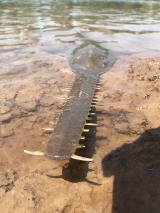
Norfolk Island tiger sharks (Galeocerdo cuvier)
This project is part of a much large collaborative initiative to describe the marine ecology surrounding Norfolk Island. In collaboration with the Southern Shark Ecology Group at Flinders University, we have collected microbiome samples from more than 70 tiger shark individuals across three consecutive years. This dataset will be used to baseline the Norfolk Island tiger shark microbiome while uncovering fundamental microbiome patterns in sharks. In addition, we will attempt to link the spatial patterns of the sharks around the island to their microbial signature.
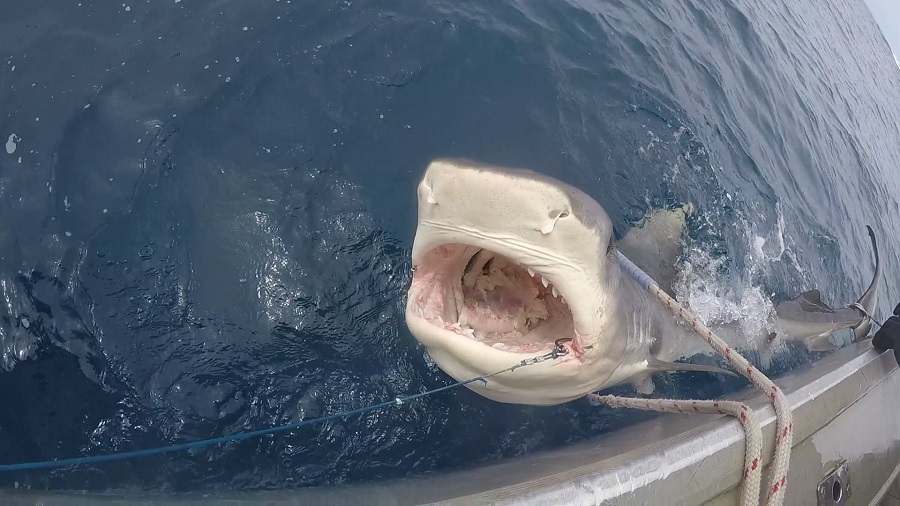
Eastern grey nurse shark (Carcharius taurus) genome project
The grey nurse shark, also called the sand tiger shark on the east coast of the US and the ragged-toothed shark along South Africa, is found along the east coast of Australia. The Australian population is critically endangered due to habitat destruction and fishing. In collaboration with Oxford Nanopore and Org.one foundation, we will provide the first complete genome of this shark species and make it publicly available. Having the genome of this species will enable a more refined population-based assessment to better understand, for instance, gene flow within these small populations.
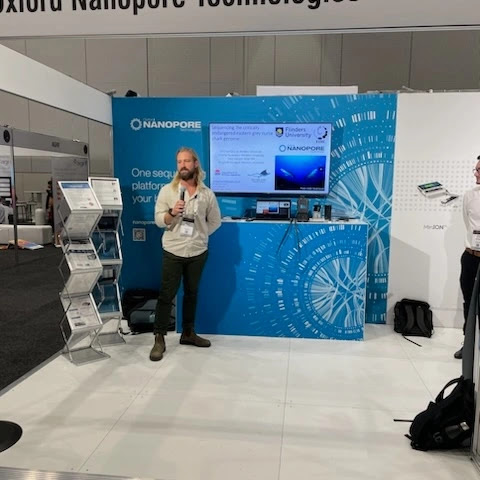
Great Australian Bight fish biodiversity
The Great Australian Bight (GAB) is part of the Great Southern Reef, extending along the southern coast of Australia. The GAB section is one of the most coastally isolated regions of the world due to inaccessibility from land and difficult weather conditions. This region is highly productive, supporting a great diversity of megafauna from sharks to several species of whales to marine mammals. It also supports a diverse range of fish and invertebrate species. In collaboration with the Department of Environment and Water (DEW) and Parks Australia, we characterise fish biodiversity in the eastern GAB. This project has two primary aims, including comparing baited remote underwater video to environmental DNA methods and describing fish diversity patterns observed across sampling locations.